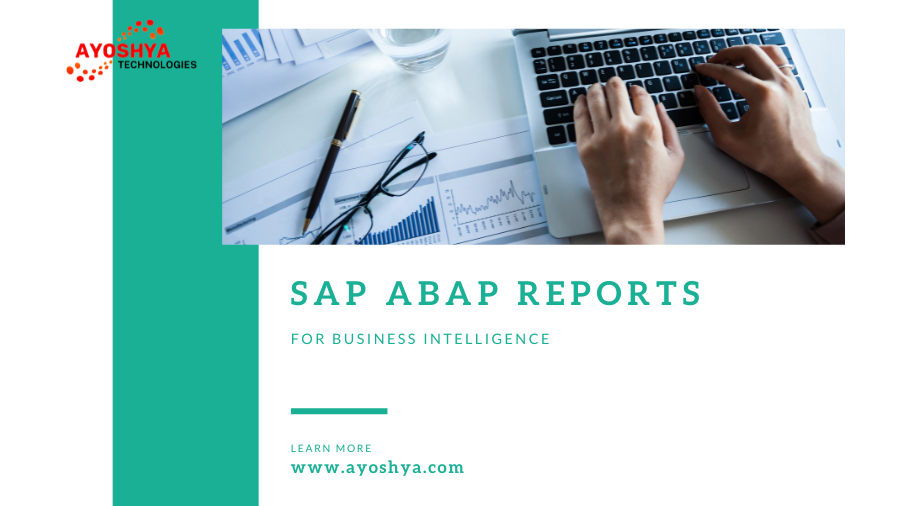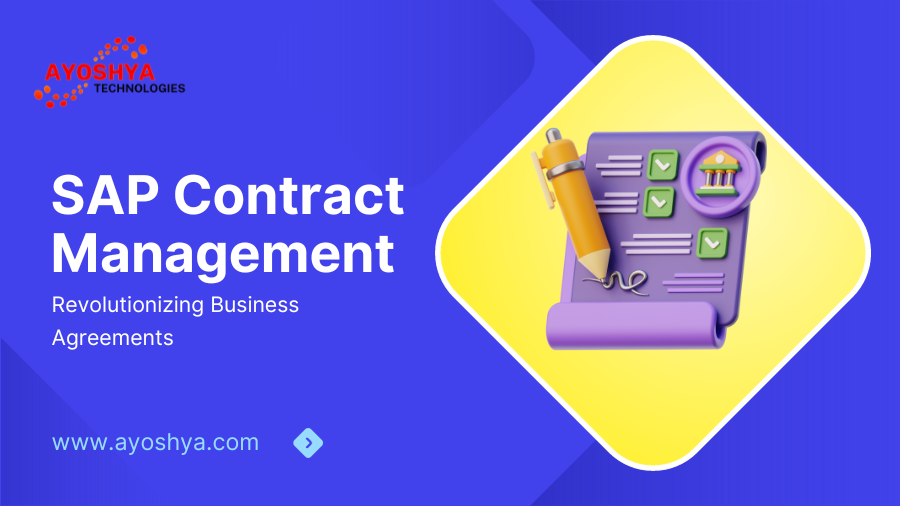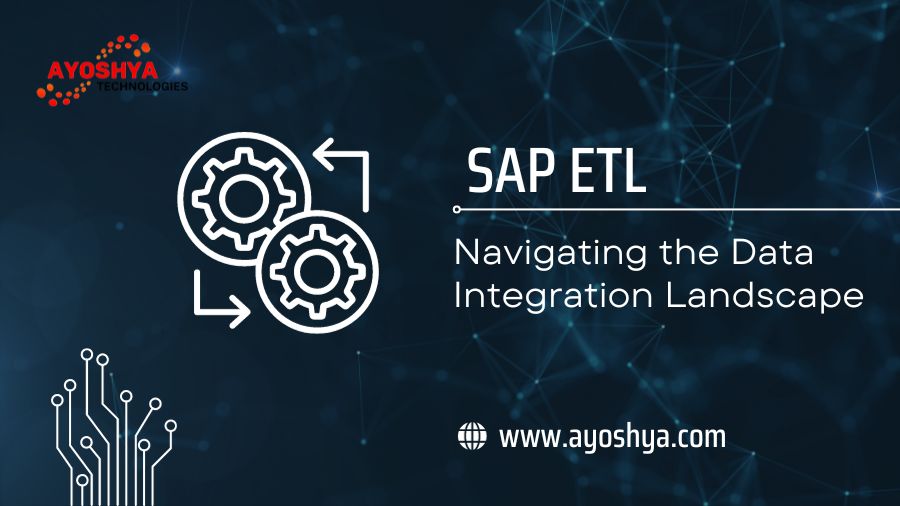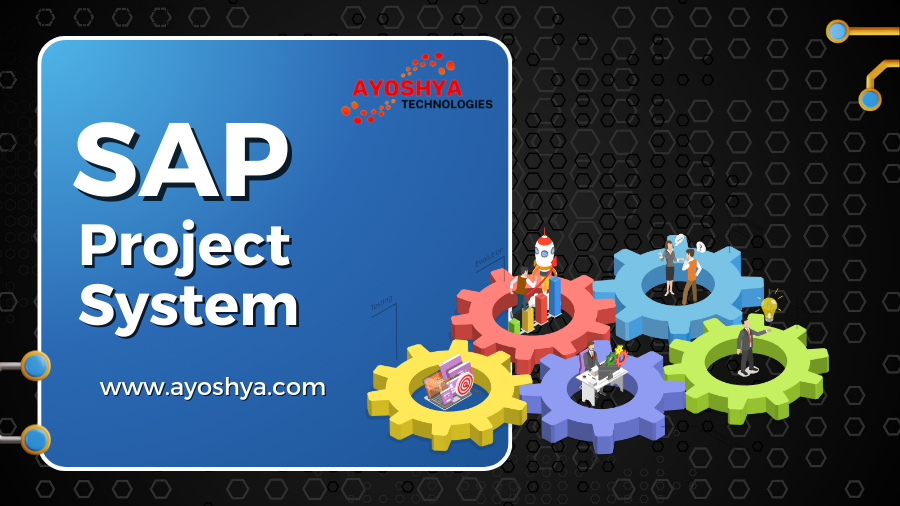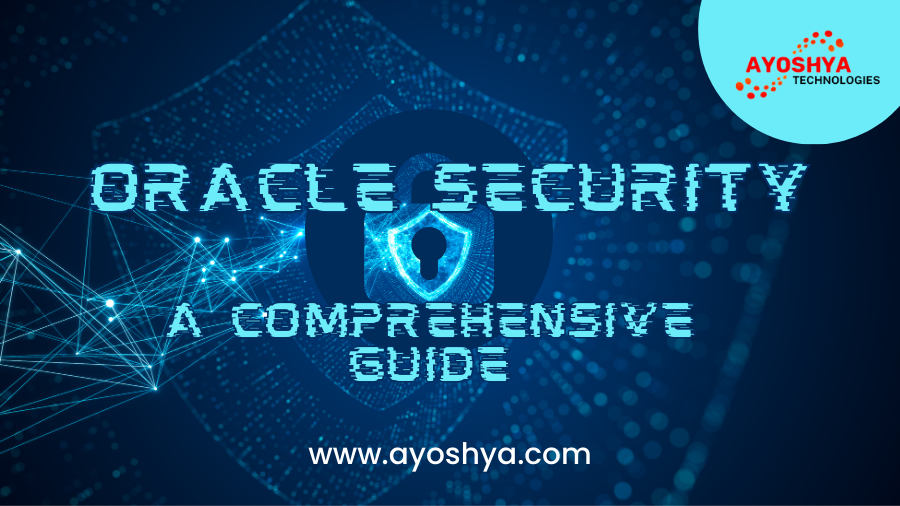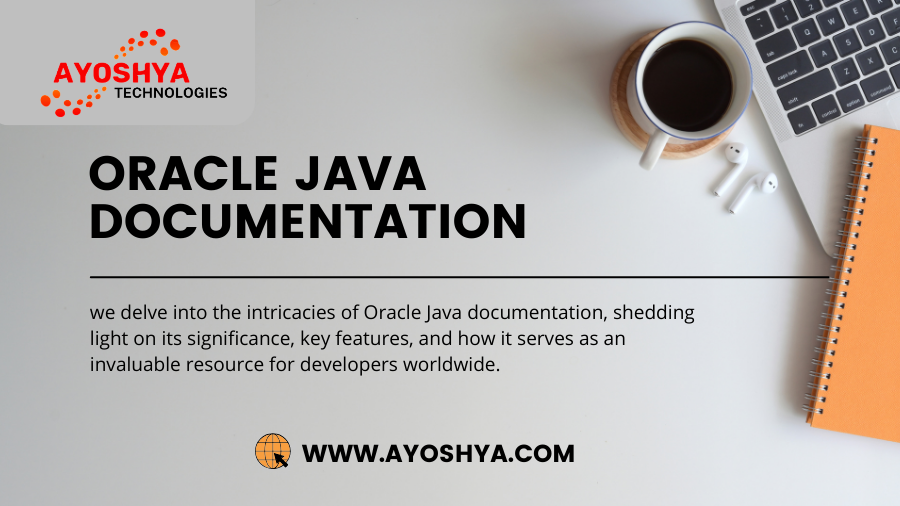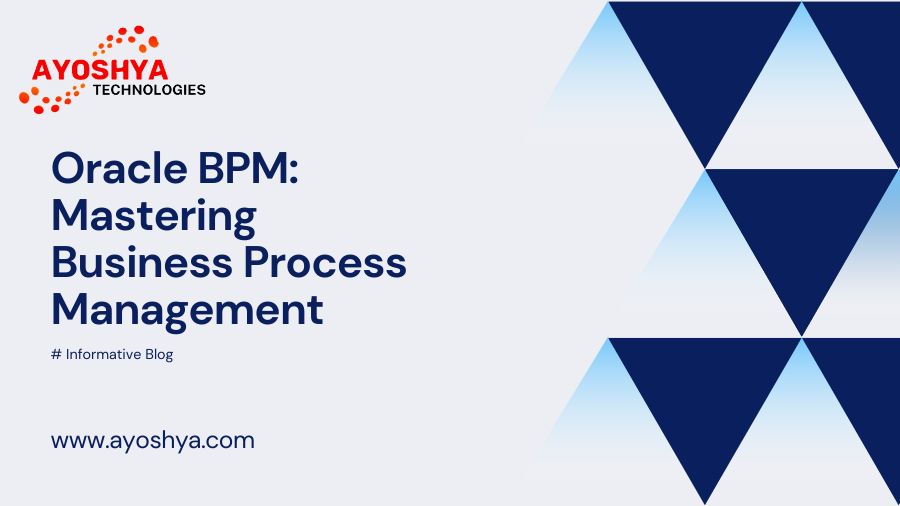SAP ABAP Reports for Business Intelligence
I. Introduction
In the vast landscape of SAP (Systems, Applications, and Products) technology, SAP ABAP Reports stand as indispensable tools for extracting meaningful insights from business data. Let’s embark on a journey to understand the significance and implementation of SAP ABAP Reports.
II. Understanding SAP ABAP Reports
A. Definition and Purpose
SAP ABAP Reports, written in Advanced Business Application Programming (ABAP), serve the purpose of presenting data in a structured and comprehensible format. These reports play a crucial role in providing real-time information for decision-making.
B. Key Components of SAP ABAP Reports
Key components include data extraction mechanisms, data manipulation logic, and the user interface for presenting information. SAP ABAP Reports are designed to cater to various reporting needs within an organization.
III. Types of SAP ABAP Reports
A. Standard Reports
Standard reports provide predefined outputs based on specific criteria. They offer quick insights into standard business processes without the need for extensive customization.
B. Interactive Reports
Interactive reports allow users to interact with the data, providing dynamic views and the ability to drill down into details. This enhances user engagement and facilitates deeper data exploration.
C. Classical Reports
Classical reports are traditional, batch-oriented reports that run in the background. They are suitable for scenarios where real-time interactivity is not a primary requirement.
D. ALV (ABAP List Viewer) Reports
ALV Reports leverage the ABAP List Viewer to display data in a tabular format. They enhance the presentation of information, making it more visually appealing and user-friendly.
IV. Creating SAP ABAP Reports
A. Step-by-step Guide to Report Creation
Creating SAP ABAP Reports involves defining data sources, implementing logic for data extraction and manipulation, and designing the user interface. A step-by-step guide ensures a systematic approach to report development.
B. Data Extraction and Manipulation
Efficient data extraction and manipulation are crucial for report performance. SAP ABAP provides powerful tools for handling large datasets and optimizing data retrieval.
C. Implementing User Interactivity
User interactivity is achieved through features like filters, drill-down options, and sorting capabilities. This ensures that end-users can tailor the reports to their specific needs.
V. Importance of SAP ABAP Reports in Business
A. Decision-Making Support
ABAP Reports provide decision-makers with accurate and up-to-date information, facilitating informed and timely decision-making.
B. Real-time Data Analysis
The real-time nature of ABAP Reports allows organizations to analyze data as it is generated, enabling swift responses to changing business conditions.
C. Customization for Business Needs
The flexibility of ABAP Reports allows organizations to customize reports based on their unique business requirements, ensuring relevance and usability.
VI. Optimizing SAP ABAP Reports for Performance
A. Efficient Coding Practices
Optimizing the code for ABAP Reports involves using efficient coding practices to reduce processing time and resource utilization.
B. Indexing and Database Query Optimization
Effective indexing and optimization of database queries contribute to faster data retrieval, improving overall report performance.
C. Minimizing Data Redundancy
Minimizing data redundancy ensures that reports present concise and relevant information, reducing the load on the system.
VII. SEO Strategies for SAP ABAP Reports Content
A. Identifying Relevant Keywords
To enhance the visibility of content related to ABAP Reports, it’s crucial to identify and incorporate relevant keywords that align with the search intent of the target audience.
B. Crafting Compelling Meta Descriptions and Title Tags
Crafting meta descriptions and title tags that not only include keywords but also entice users to click can significantly improve click-through rates and overall content visibility.
C. Utilizing Internal and External Links Effectively
Internal linking guides users and search engines to valuable information on your website. Additionally, incorporating relevant external links adds credibility to your content, contributing to improved SEO.
VIII. Common Misconceptions About SAP ABAP Reports
A. Myth 1: Limited to IT Professionals
Contrary to the misconception that ABAP Reports are exclusive to IT professionals, they are designed to be user-friendly, allowing business users to derive insights without extensive technical knowledge.
B. Myth 2: Complex Implementation Process
While the implementation of ABAP Reports requires technical expertise, modern tools and support make the process more straightforward. With the right guidance, businesses of any size can successfully implement these reports.
C. Myth 3: Only for Large Enterprises
ABAP Reports are adaptable to organizations of all sizes. They offer scalable solutions to meet the diverse reporting needs of businesses, regardless of their scale.
IX. Real-world Applications of SAP ABAP Reports
A. Case Study 1: Streamlining Financial Reporting at Company X
Company X, a multinational corporation, streamlined its financial reporting processes using ABAP Reports. The interactive features allowed finance teams to quickly analyze financial data, leading to more informed decision-making.
B. Case Study 2: Enhancing Inventory Management with ALV Reports at Company Y
Company Y, a manufacturing company, improved its inventory management through the implementation of ALV Reports. The visual representation of inventory data facilitated better tracking and optimization of stock levels.
X. Future Trends in SAP ABAP Reports
A. Integration of AI for Advanced Analytics
The future of ABAP Reports involves the integration of artificial intelligence for advanced analytics, predictive insights, and automated reporting processes.
B. Enhanced Visualization with Fiori Elements
Fiori Elements will play a significant role in enhancing the visualization of ABAP Reports, providing a modern and user-friendly interface for data exploration.
C. Cloud-Based Reporting Solutions
The shift towards cloud-based reporting solutions will make ABAP Reports more accessible and scalable, allowing organizations to harness the power of data from anywhere.
XI. Tips for Efficient Use of SAP ABAP Reports
A. Regular Maintenance and Updates
Regular maintenance and updates ensure that ABAP Reports continue to perform optimally and meet evolving business needs.
B. User Training for Maximum Utilization
Providing comprehensive user training ensures that end-users can make the most of ABAP Reports, utilizing their features for better decision-making.
C. Collaboration with SAP ABAP Experts
Collaborating with SAP ABAP experts ensures that organizations have the necessary support for ongoing improvements and customization of reports.
XII. Challenges in SAP ABAP Reports Implementation
A. Data Compatibility Challenges
Ensuring compatibility with diverse data sources can be a challenge. Robust data integration strategies are essential for overcoming this hurdle.
B. Ensuring User Adoption
Ensuring widespread user adoption requires effective communication, training, and support to encourage employees to embrace ABAP Reports.
C. Addressing Security Concerns
Addressing security concerns is paramount to protect sensitive business data. Implementing robust access controls and encryption measures is crucial.
XIII. Success Metrics for SAP ABAP Reports
A. Report Performance Metrics
Measuring report performance includes assessing response times, system resource utilization, and overall efficiency in generating reports.
B. User Satisfaction and Engagement Metrics
User satisfaction and engagement metrics provide insights into how well ABAP Reports meet the needs and expectations of end-users.
C. Business Impact Measurement
Quantifying the business impact involves analyzing how ABAP Reports contribute to improved decision-making, cost savings, and overall organizational efficiency.
XIV. Conclusion
In conclusion, SAP ABAP Reports emerge as indispensable tools for businesses seeking to extract meaningful insights from their data. The flexibility, user-friendliness, and future trends in ABAP Reports make them a valuable asset for organizations navigating the complexities of modern business.
FAQs
- Are SAP ABAP Reports only for IT professionals? No, SAP ABAP Reports are designed to be user-friendly, allowing business users to derive insights without extensive technical knowledge.
- Is the implementation of ABAP Reports a complex process? While technical expertise is required, modern tools and support make the implementation process more straightforward. Businesses of any size can successfully implement ABAP Reports with the right guidance.
- Are SAP ABAP Reports only for large enterprises? No, ABAP Reports are adaptable to organizations of all sizes. They offer scalable solutions to meet the diverse reporting needs of businesses, regardless of their scale.
- Can ABAP Reports be used for financial reporting? Yes, ABAP Reports can be used for financial reporting. They provide powerful tools for analyzing financial data and facilitating informed decision-making.
- What is the future of ABAP Reports? The future of ABAP Reports involves the integration of artificial intelligence for advanced analytics, enhanced visualization with Fiori Elements, and the adoption of cloud-based reporting solutions.
You may be interested in:
SAP Consulting | Ayoshya Technologies
SAP ABAP on HANA Interview Questions: Mastering the Essentials



